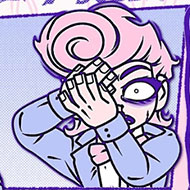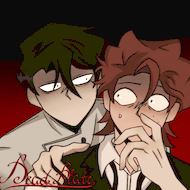

Dead Plate is a narrative-driven horror game that takes place in a seemingly ordinary restaurant kitchen, where the routine of preparing food gradually twists into something unsettling. At first, it presents itself as a cooking simulator, asking players to follow simple recipes, chop ingredients, and serve meals. But as the story unfolds, the familiar tasks transform into eerie rituals, and the kitchen becomes a stage for disturbing discoveries. The contrast between everyday work and creeping dread gives Dead Plate its unique character, turning the act of cooking into a vehicle for horror and psychological tension.
Dead Plate blends interactive cooking mechanics with narrative choices. On the surface, players chop vegetables, grill meat, and plate dishes just like in a typical restaurant simulation. However, beneath this routine lies a deeper system where mistakes, choices, and interactions influence the unfolding story. The food itself becomes symbolic, sometimes requiring strange or unsettling ingredients, and the people waiting to be served are not always what they appear to be.
What makes Dead Plate stand out is its slow descent into horror. Early tasks seem mundane, but the tone shifts as strange noises echo through the kitchen, recipes become suspicious, and customers behave in increasingly unsettling ways. The ordinary act of serving food gradually takes on ritualistic significance, and the player is forced to question whether they are preparing meals or participating in something much darker.
The restaurant setting is populated by a rotating cast of customers, co-workers, and mysterious figures. Conversations and orders hint at a larger narrative, gradually revealing that the restaurant is tied to hidden forces. Choices made in how players respond to requests, or whether they comply with unusual demands, determine the story’s direction. Multiple endings encourage replaying to see the full scope of the narrative.
While Dead Plate is relatively compact in length, its branching choices and multiple endings provide replayability. Each shift can play out differently depending on how the player balances obedience, curiosity, or resistance. The layered symbolism in recipes and dialogue invites players to analyze what is really happening, making it more than just a cooking game—it becomes a reflection on routine, control, and complicity in disturbing systems.
By blending cooking simulation with psychological horror, Dead Plate creates a unique experience that is both familiar and unsettling. It challenges players to look beyond the surface of their tasks, asking them to consider the consequences of seemingly ordinary actions. In doing so, it transforms the act of preparing food into a story about choice, ritual, and the thin boundary between work and nightmare.